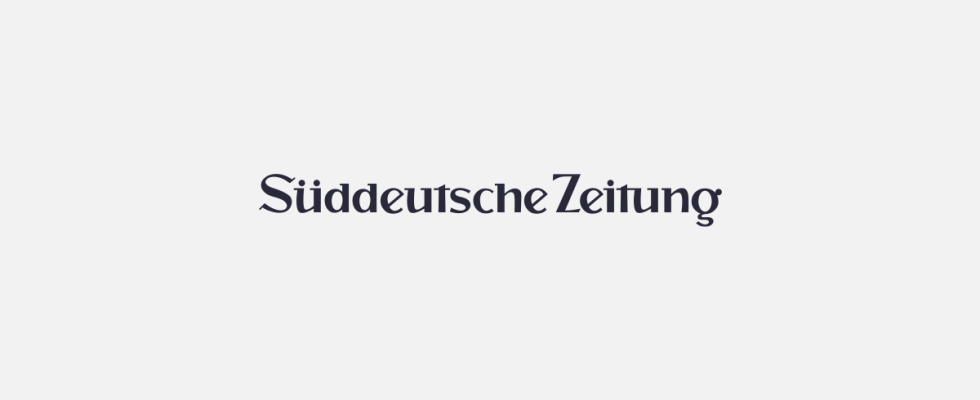In Germany, new buildings are predominantly heated with heat pumps. Last year, the electrically powered devices were installed in almost two thirds (64.6 percent) of the 96,800 completed residential buildings, according to the Federal Statistical Office. Compared to 2014, the share of heat pumps in this segment has more than doubled.
The trend is continuing, as heat pumps currently account for 76.3 percent of approved residential buildings. The second most important primary source for new buildings last year was gas, which is used in 20.1 percent of buildings. That is only half as many as ten years ago. In addition, 8.2 percent of buildings use district heating and just under five percent use other renewable energy sources such as pellets or biomass. Oil heating systems hardly play a role anymore, having been installed in just 300 buildings, which corresponds to a share of 0.3 percent.
Renewable energies are also used as a supplementary energy source in new buildings, for example with a wood stove. Whether as a primary or secondary source – overall, renewable energies are used for heating in four out of five new residential buildings (79.6 percent). At the same time, domestic production of heat pumps was significantly reduced in 2023. In total, there were 400,100 units in the year, 14 percent more than in the previous year. However, the record number of 132,000 heat pumps built in the first quarter was never reached again over the course of the year, but fell to just over 54,000 units in the final quarter. Foreign trade also fell significantly over the course of 2023. The background to this is the relaxed legislation on the use of renewable energies in buildings.

